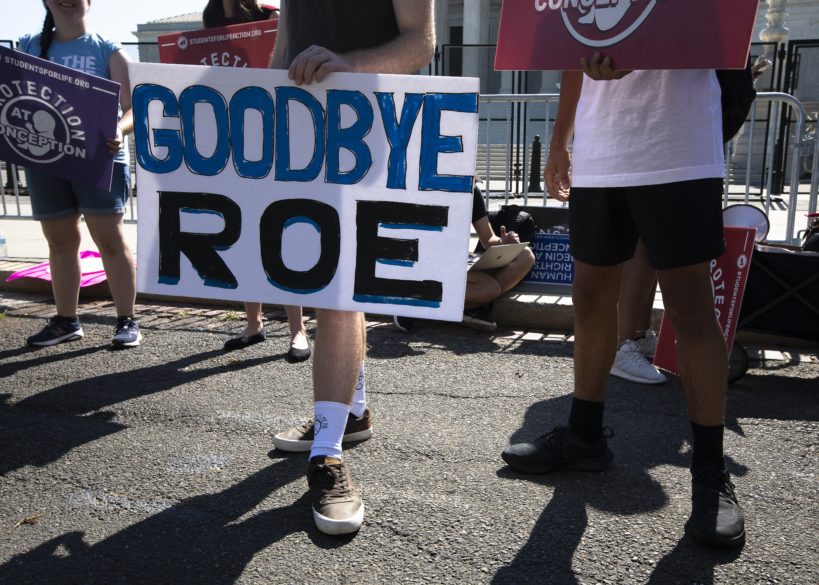By Kurt Jensen
WASHINGTON (CNS) – When the Supreme Court ruled June 24 that there is no constitutional right to abortion, the historic decision came a day before what would have been the 98th birthday of Nellie Gray, founder of the March for Life.
The march – which Gray, a Texas-born government lawyer, founded in 1974 to mark the first anniversary of the court’s Roe v. Wade decision legalizing abortion nationwide – is a fixture of Catholic pro-life activism and bus pilgrimages to the nation’s capital.
So the ruling in Dobbs v. Jackson Women’s Health Organization, and Gray’s mission accomplished, has led to speculation as to the future of the national march.

Will it continue?
Yes, said Jeanne Mancini, who became March for Life president in 2013, a year after Gray’s death.
But there’s a new emphasis on growing statewide marches, an effort that began a few years ago.
“We will still be having our federal legislative battles,” Mancini said on a June 29 webcast, “Life Beyond Roe,” sponsored by a consortium of pro-life groups.
But “I would say the voices will have more impact at the state level” as state legislatures that have not already enacted abortion bans begin to debate legislation, she said. “So it’s like less is more.”
March for Life has held state marches in Connecticut, Virginia and California, with ones planned for Pennsylvania in September and Ohio in October.
Next year, Mancini said the plans are to double the number, and over the next six years, to have marches in all 50 state capitals.
As for the Dobbs decision, “I can’t think of a better birthday gift for Nellie,” she added. In a June 25 statement, Mancini promised, “We will continue to march until abortion is unthinkable.”
In January 1974, the first March for Life was organized in Gray’s living room at her Capitol Hill home and drew about 10,000 participants.
In a 2010 interview with Catholic News Service, Gray said the impetus came from the Knights of Columbus. “I didn’t even know who they were, but they explained their stance against abortion and needed a place to meet to discuss plans for a march.”
Since Mancini took over, the march has grown from a relatively modest event that went from the West Front of the Capitol to the Supreme Court sidewalk to an immense rally on the National Mall with marchers from across the country, including members of Congress and the occasional show business celebrity.
The 2020 event is considered to be the largest one in the march’s history. With President Donald Trump as the main rally speaker, it drew more than 100,000 participants.
The smallest one came just a year later during the COVID-19 pandemic. Only an invited group of 80, joined by more than 100 others midway in their route, marched from the Museum of the Bible to the Supreme Court.
It was the first outdoor event in Washington since the Jan. 6, 2021, violence at the Capitol; both the Capitol and Supreme Court were surrounded by high fences.
Counterprotesters over the years have been few in number. This past January, the march was briefly delayed when members of Patriot Front, a neo-Nazi group, attempted to lead the march on Constitution Avenue.
But they had announced their plans in advance on social media, so police who were expecting them quickly escorted them away to a nearby Metro subway station.
